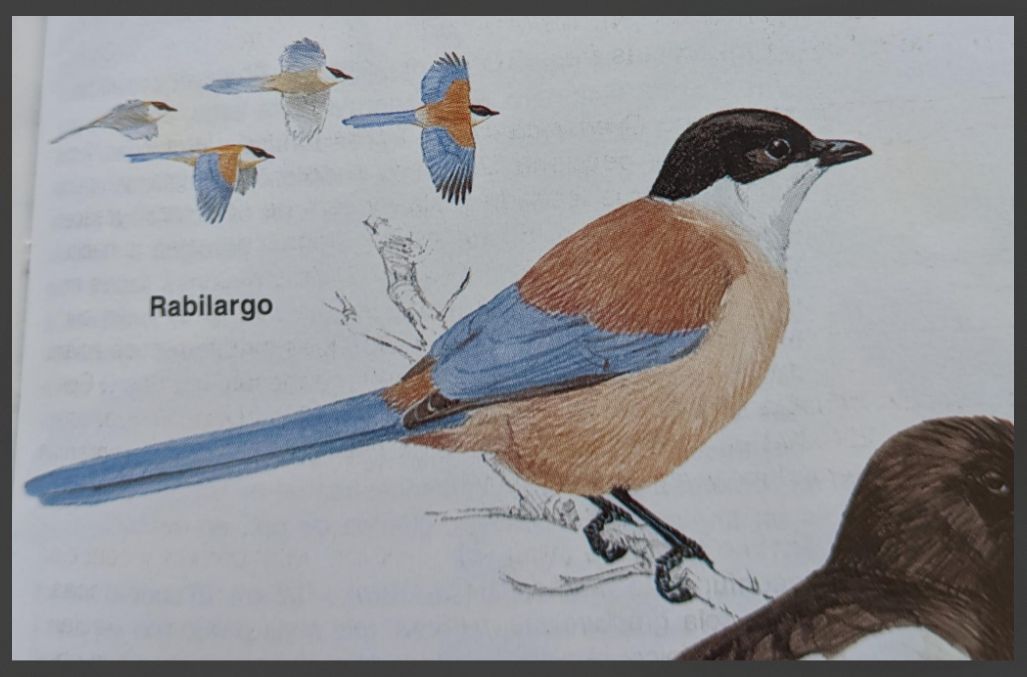
OMG. I was an early arival party for a winter weekend in Cercedilla (our little house is not winter proof and we have determined best to only go when sunny) and I was sitting on the front porch enjoying the sun going down (and its warmth because inside the house is low 50s) and suddenly I saw three iberian magpies in a leafless tree enjoying the sun as well. I pulled out my binoculars and was admiring them and suddenly there was one on every branch, then I realized there was a low hum of bird calls and there were like a 50 of them flying towards the setting sun!!!! Crazy cool!
Since we have had a place in Cercedilla I have been admiring the iberian magpie (cyanopica cooki) because I have never seen any in Madrid and they seem more stand offish then the regular Magpie. What I did not realize until this afternoon is that they tend to be in flocks where the regular Magpie that is quite common in Madrid is more a solitary bird.
Here are some interesting things about this pretty bird:
- Until recently it was thought to be the same species as the Azure-winged magpie that is found in East Asia. This created a great debate on how it was possible that they were only found in such geographically separated areas, until genetic analysis was done solving the mystery: they are two different species!
- Other common names include Iberian azure-winged magpie, Cook’s azure-winged magpie, and Spanish azure-winged magpie
- Like other corvids (the crow family), these magpies are highly intelligent. They can solve simple problems, remember food hiding spots, and even show signs of planning their actions—skills seen in only a few bird species.
- Their long tail isn’t just for looks—it helps them make sharp turns and quick maneuvers while flying through dense forests. You might notice them doing impressive aerial chases when catching insects or evading predators.
- Often Iberian magpies find food as a family group or several groups making flocks of up to 70 birds. The largest groups congregate after the breeding season and throughout the winter months. <— this must be what I saw this evening!
Links, References and things that helped with this
- Wikipedia: Iberian Magpie
- Converstation with ChatGPT
- Picture from Aves de España ISBN 84-87334-26-1
Thanks for reading and feel free to give feedback or comments via email (andrew@jupiterstation.net).